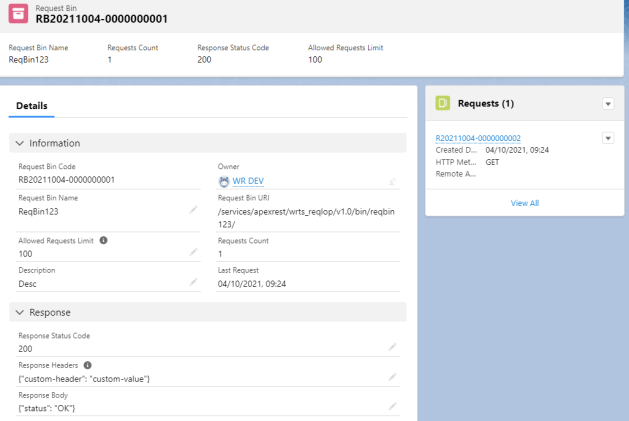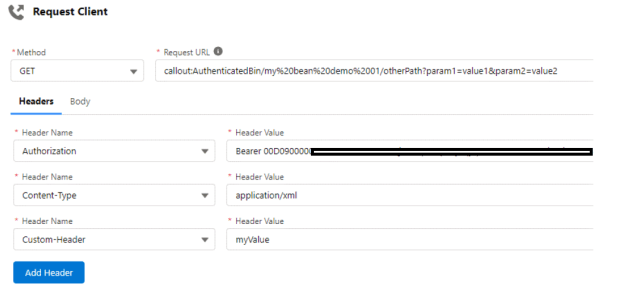About the author: Curt Hopmann has a history of developing new products and improving existing ones, including various Salesforce Apps. As CEO of Breadwinner, Curt is driven to help those businesses that use Salesforce and accounting and payment processing software such as NetSuite, QuickBooks, Xero, and Stripe to succeed by discovering the power of Breadwinner’s intuitive integration solutions.
Is your organization struggling with cross-departmental coordination and communication? If your sales and finance teams are not in sync, a third-party integration tool such as Breadwinner could be the missing piece of the puzzle. An integration software that syncs your QuickBooks with your Salesforce CRM helps to align your sales and finance data for improved coordination and communication across your organization while creating centralized workflows. And the launch of Breadwinner’s new suggested account match feature makes the process of configuration between the two software even more powerful and practical.
Integrating QuickBooks with Salesforce (How Does It Work?)
Fortunately, it’s never been easier to integrate QuickBooks with Salesforce. Breadwinner offers a purpose-built connector solution for sales and finance teams to streamline their workflows. If you’re growing tired of navigating between QuickBooks and Salesforce to access customer and account data, Breadwinner mirrors critical financial data in real-time across both platforms.
This Salesforce-native application gives sales and finance teams access to automation features designed to radically streamline and simplify the use of QuickBooks and Salesforce. When your team members make changes to data inside Salesforce, this is reflected in QuickBooks within just a few minutes. Sales and finance can use real-time data to make informed decisions.
Connecting QuickBooks with Salesforce creates unified workflows for organizations frustrated with navigating through a disjointed stack of applications to complete simple tasks. Implementing an integration tool like Breadwinner, sales and finance teams are well-equipped to meet customer needs and can play a pivotal role in driving efficiency.
It’s never been more important for ambitious organizations to have access to effective workflow automation solutions. With more sales and finance teams embracing workflow automation than ever before, now is the time to start taking a few intuitive tools for a test drive. This will give you the chance to see how some tools could potentially optimize and enhance existing workflows.
Breadwinner’s New Suggested Account Match Feature
Breadwinner have recently added the new suggested account match feature to their Salesforce and QuickBooks integration. Like all the automation features, account matching is designed to accelerate workflows and eliminate the need for users to manually match QuickBooks customers with Salesforce accounts–helping to save a significant amount of time.
Their suggested account match feature works like a magic trick. When you bring customer data from QuickBooks into their Salesforce-native application, each QuickBooks customer must match to a Salesforce account. Rather than getting your team to manually match QuickBooks customers with Salesforce accounts, their account match feature does all the heavy lifting.
You can take the following steps to leverage the new suggested account match feature:
Scroll to the bottom of the main dashboard and select Preview Customer Match.
Once you are on the Breadwinner Account Match page, you will see a preview of how they are aligning your data across QuickBooks and Salesforce. At the top, you will see an option to Accept All Suggested Matches in light grey. If you are satisfied with how the data is aligned in the preview, you should click this link.
A pop-up will appear – providing you with details on how many customers Breadwinner was able to automatically match. You are given the option to either match sub-companies with their parent’s Salesforce account or their equivalent Salesforce account. Once you have selected your preferences, you can proceed by clicking the Yes button.
Taking a full range of data variables into consideration, Breadwinner will make an attempt to auto-match your QuickBooks customers with Salesforce accounts. As Breadwinner can align your data with a remarkable degree of accuracy, all your team will need to do is go through and simply accept the suggested matches. This speeds up the entire onboarding process.
If you have hundreds or even thousands of suggested matches to approve, Breadwinner isn’t going to make you approve each and every one of these. They give you the ability to approve suggested matches in bulk–so you do not need to scroll through them all. Once you’ve looked at just a few matches, you will see whether the data is correctly aligned and ready for approval.
When Breadwinner attempts to match a QuickBooks customer with a Salesforce account, it takes a range of data points into consideration, including the customer’s company name, postal address, and phone number. In the event that Breadwinner is unable to match a QuickBooks customer with a Salesforce account, you can select a Salesforce account with the lookup box.
How Sales & Finance Teams Are Using The New Feature
As a workflow automation solution designed to enhance the productivity of your organization, Breadwinner comes jam-packed with a broad range of automation features. Their new suggested account match feature prevents users from spending hours scrolling through data to manually pair QuickBooks customers with Salesforce accounts. This isn’t a good use of your time.
The suggested account match feature is one of several functionalities enabling users to hit the ground running with Breadwinner and immediately unlock value. The purpose of their connector is to prevent sales and finance teams from spending hours aligning Salesforce and QuickBooks data. Organizations are using our new feature to unlock value even faster than before.
From the outset, sales and finance teams experience the power of workflow automation. When you leverage Breadwinner’s solution, you do not need to set aside time to align QuickBooks customers with Salesforce accounts. With the introduction of the new suggested account match feature, aligning your data is a quick and easy task that’s no longer overwhelming for your team.
Sales and finance teams are using our new suggested account match feature to pair hundreds and thousands of QuickBooks customers with Salesforce accounts. With Breadwinner in your corner, you do not need to feel daunted by this task. After you’ve scrolled through a few of the suggested matches, you can choose to accept all matches and speed up the process.
At Breadwinner, the team is continuously working to push the functionality of their QuickBooks Salesforce integration further. The introduction of the new suggested account match feature is just one example of their efforts in creating a robust integration between the two systems. They have built a highly practical integration that successfully leverages automation to create unified workflows for sales and finance teams.
Take Breadwinner for a test drive with a free trial today, or book a demo with their team.









